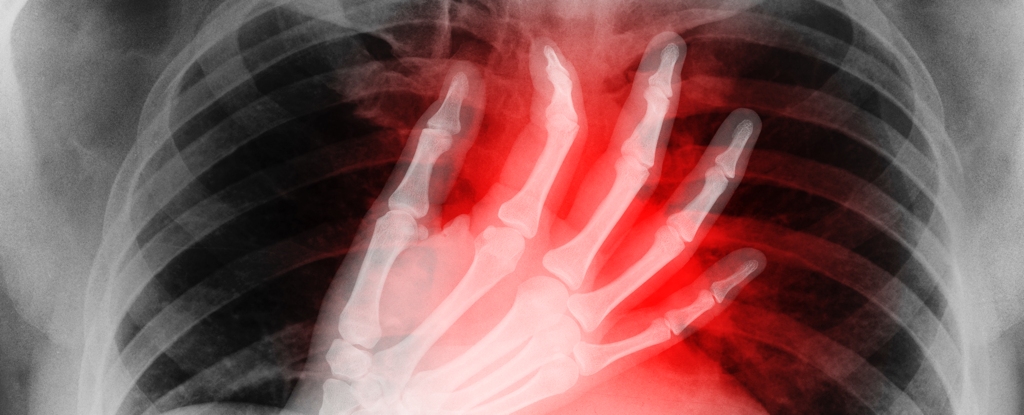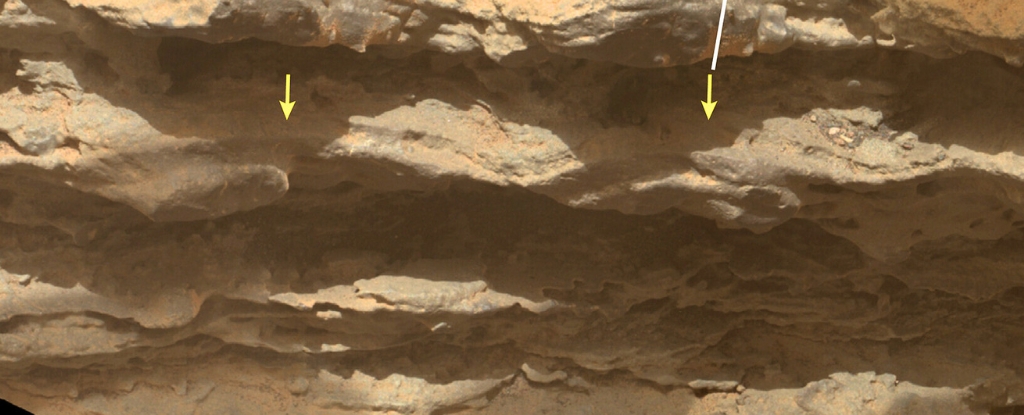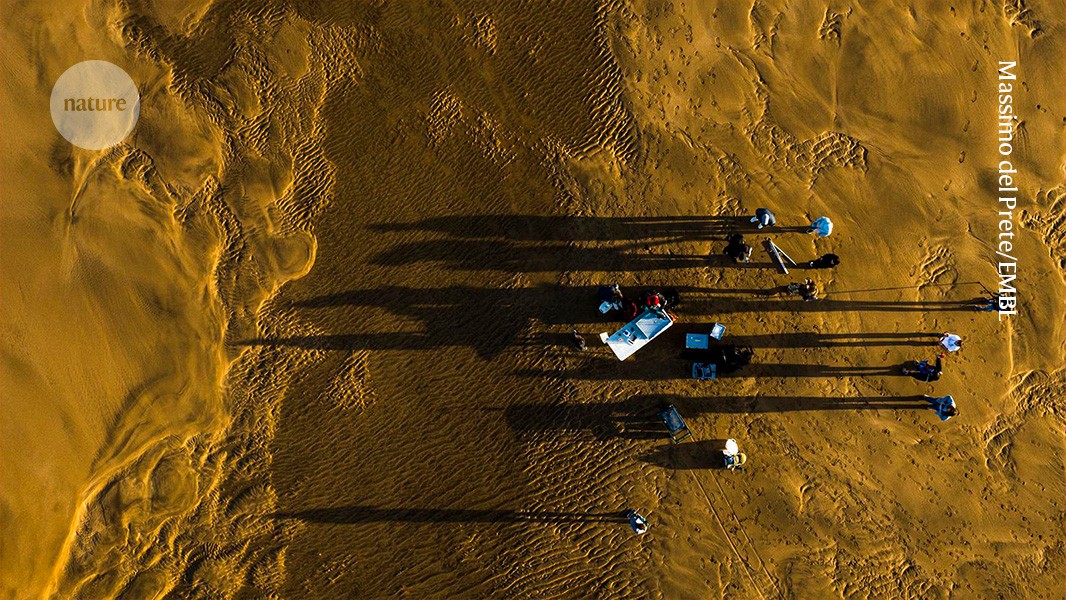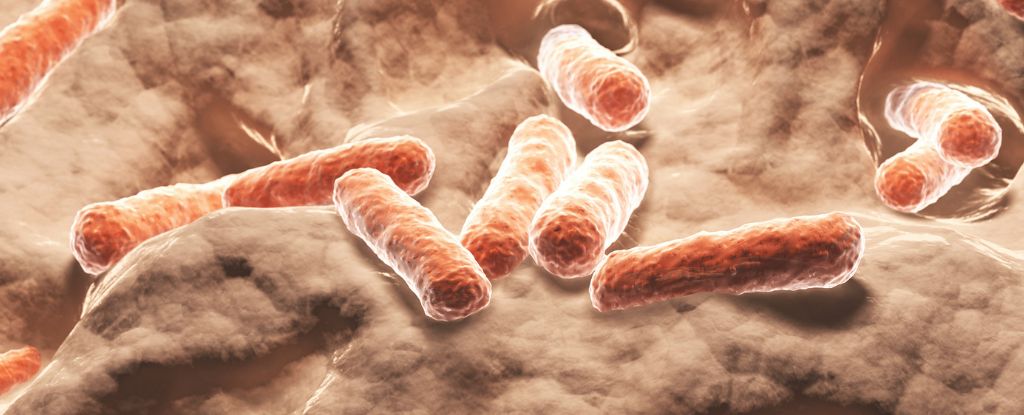Webb Sees Light Echoes in a Supernova Remnant
Supernovae are one of the most useful events in all of astronomy. Scientists can directly measure their power, their spin, and their eventual fallout, whether that’s turning into a black hole or a neutron star in some cases or just a much smaller stellar remnant. One of these events happened around 350 years ago (or … Continue reading "Webb Sees Light Echoes in a Supernova Remnant" The post Webb Sees Light Echoes in a Supernova Remnant appeared first on Universe Today.

Supernovae are one of the most useful events in all of astronomy. Scientists can directly measure their power, their spin, and their eventual fallout, whether that’s turning into a black hole or a neutron star in some cases or just a much smaller stellar remnant. One of these events happened around 350 years ago (or around 11,000 years ago from the star’s perspective) in the constellation Cassiopeia. The James Webb Space Telescope recently caught a glimpse of the aftereffects of the explosion, and it happened to shed light (literally) on a familiar area of study – interstellar gas.
The supernova in Cassiopeia ejected a massive amount of X-rays and ultraviolet light into the area surrounding the now-dead star. That energy is now hitting a clump of gas gathered in the interstellar medium about 350 light years from the star. An effect called a “light echo” is created in the process.
A light echo can be thought of as a giant photographer’s bulb. A bright flash (i.e., the energy from the supernova) travels in an ever-extending sphere outwards, gradually illuminating everything in its path, then moving on and leaving the objects it just passed back in darkness. As the material is illuminated, telescopes back on Earth can see this otherwise invisible matter existing in the interstellar medium.
Credit – STScI YouTube Channel
The Cassiopeia A explosion caused dozens of light echoes, but one in particular caught the attention of astronomers. From our perspective, gas and dust located past the now-dead star have been gradually lit up as the flash from the supernova passes through it, creating a spectacular image.
Spitzer, one of NASA’s great observatories that ended its observations in 2020, examined this same clump of gas and dust back in 2008. Its image was fascinating but not as complete as the one by its successor, JWST.
The image from JWST, admittedly falsely colored since humans can’t see infrared light, is spectacular, both aesthetically and scientifically. It shows a series of “sheets” that are remarkably small for an interstellar structure, measuring only about 400 AU across. They seem to be influenced by interstellar magnetic fields, as video of still images shows them twisting and writhing around.

Credit – NASA / JPL-Caltech / Y. Kim (U of Arizona / U of Chicago)
Another feature of the image is described as “knots in wood grain” in a press release from the Webb telescope researchers. It also twists and moves over months as if dragged by some invisible force.
Light echoes can also be seen in the visible light range. However, infrared wavelengths, which are better thought of as the heat emitted from this gas and dust as the light echo passes through it, are more capable of showing the 3D structure as the wavelengths themselves aren’t blocked by the dust as visible light would be.
Consistently taking images over the course of months also provides another advantage. As Armin Rest of the Space Telescope Science Institute puts it, “We have three slices taken at three different times,” comparing the layered result as equivalent to a CT scan commonly used in medicine.

Credit – NASA / ESA / CSA / STScI
While the first picture from these studies might be fantastic, there is plenty of science left to do on these clouds of matter. Future work will continue to watch as the supernova flash-bulb illuminates and darkens different parts of the collected material. Some of that might even be destroyed, as the high-power supernovae that are strong enough to cause infrared light echoes could potentially vaporize some of the matter it hits.
JWST will continue to monitor the evolving situation, but a helping hand is coming. The Nancy Grace Roman Space Telescope, due to launch in 2027, will help scan the sky for evidence of other infrared light echoes. JWST will then follow up with closer observations using its powerful infrared instruments. If we’re lucky, we’ll see plenty more astonishing pictures soon, like the ones released last week.
Learn More:
Webb Space Telescope – NASA’s Webb Reveals Intricate Layers of Interstellar Dust, Gas
UT – A Fast-Moving Star is Colliding With Interstellar gas, Creating a Spectacular bow Shock
UT – Local Interstellar Gas Mapped in 3-D
UT – A Black Hole Has Cleared Out Its Neighbourhood
The post Webb Sees Light Echoes in a Supernova Remnant appeared first on Universe Today.
What's Your Reaction?



















































































